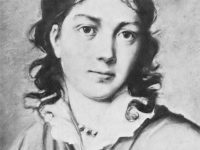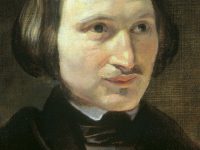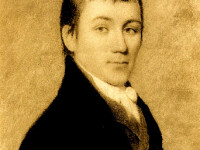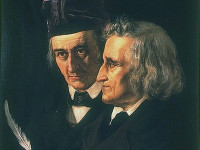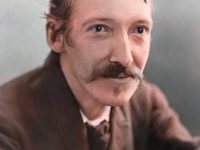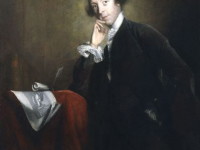Bettina von Arnim and the Romantic Era’s Zeitgeist
On April 4, 1785, German romantic author Elisabeth Catharina Ludovica Magdalena Brentano, better known as Bettina von Arnim was born. Moreover, she was a writer, publisher, composer, singer, visual artist, an illustrator, patron of young talent, and a social activist. She was the archetype of the Romantic era’s zeitgeist and the crux of many creative relationships of canonical artistic figures. Best known for the company she kept, she numbered among her closest friends…
Read more

